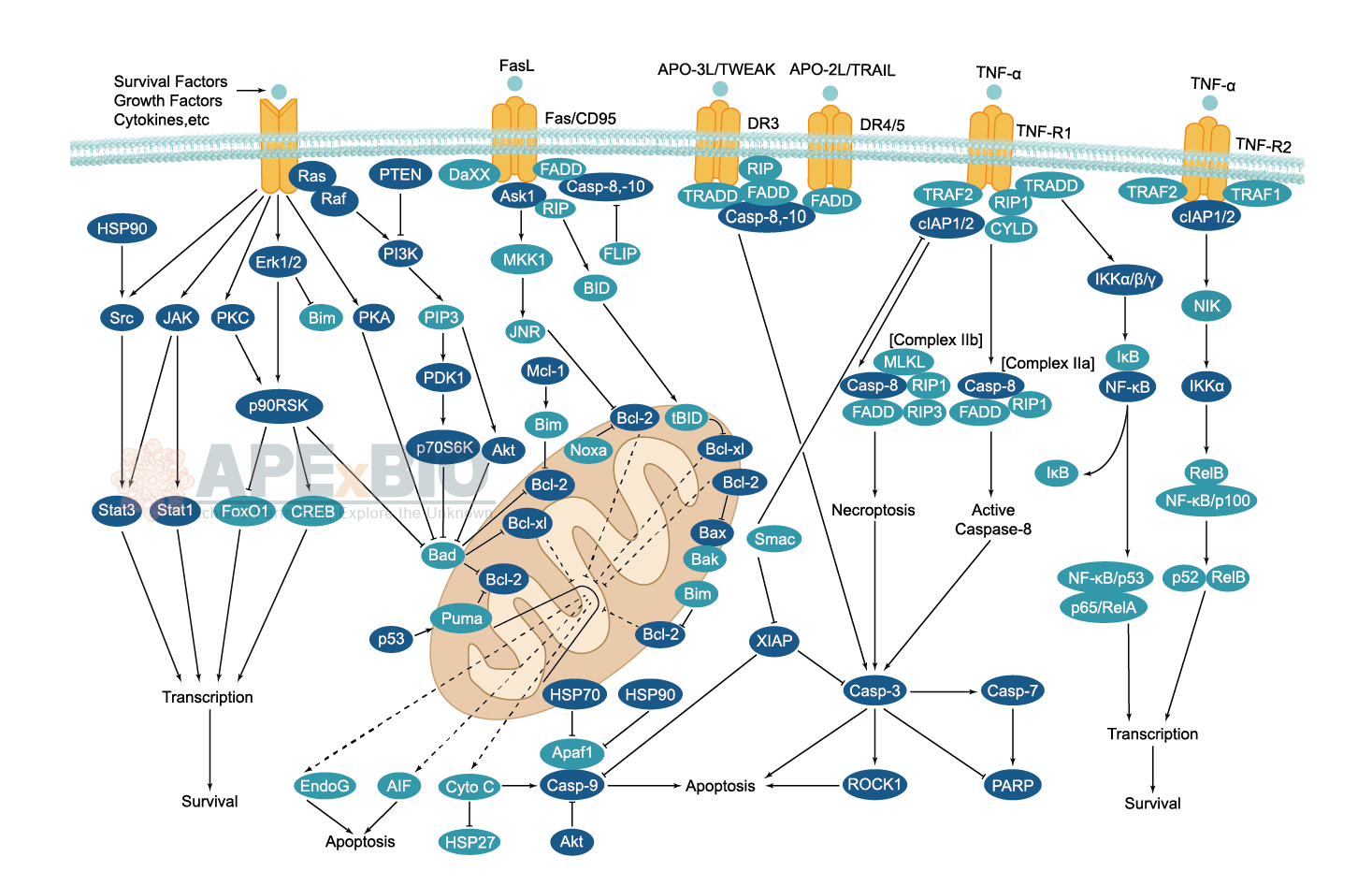Apoptosis
Apoptosis, also known as programmed cell death, is rigorously controlled process of cell death that leads to phagocytosis of unwanted cell. It is triggered after sufficient cellular damage and activated through extrinsic or intrinsic pathways. The intrinsic pathway is mainly occurs via release of cytochrome c from the mitochondria and regulates mitochondrial outer membrane permeabilization by Bcl-2 family proteins. The extrinsic pathway is induced by ligand binding to death receptor, such as Fas, TNFαR, DR3, DR4, and DR5. Caspases then cleave target proteins and nuclear lamins to promote DNA degradation, resulting apoptotic cells undergo phagocytosis. In addition, p53 has the ability to activate intrinsic and extrinsic pathways of apoptosis by inducing transcription of several proteins like Puma, Bid, Bax, TRAIL-R2, and CD95.
Some Inhibitors of apoptosis proteins (IAPs), such as XIAP/BIRC4 and Bruce/BIRC6, can block casapse activity through direct binding, while other IAPs, such as cIAP1/BIRC2, cIAP2/BIRC3, act as ubiquitin ligases that target caspases for ubiquitin-mediated degradation. Apoptosis is essential for growth, development and aging in multicellular organisms. Any alterations or abnormalities occurring in apoptotic processes contribute to development of human diseases, including cancer.
-
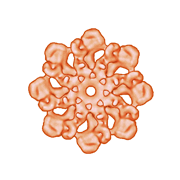 A9902 Bcl Family Set ISummary: Bcl family inhibitors
A9902 Bcl Family Set ISummary: Bcl family inhibitors -
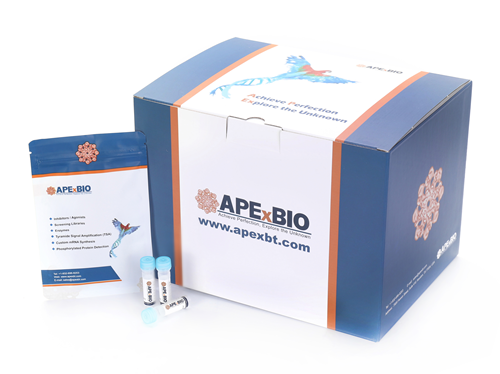 A9903 p53/MDM2 Set ISummary: For inhibiting MDM2-p53 interaction
A9903 p53/MDM2 Set ISummary: For inhibiting MDM2-p53 interaction -
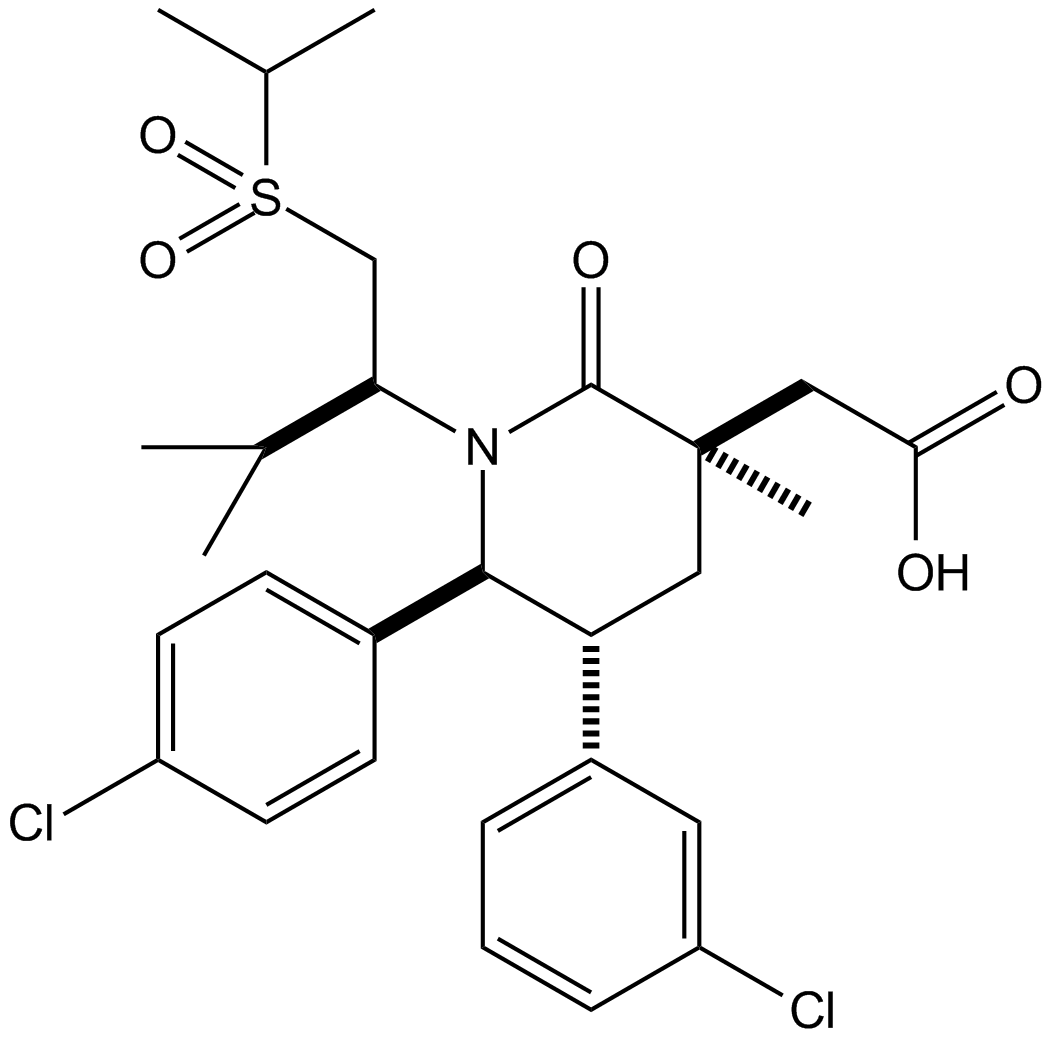 A8804 AMG2322 CitationTarget: p53-MDM2 interactionSummary: p53-MDM2 inhibitor, novel
A8804 AMG2322 CitationTarget: p53-MDM2 interactionSummary: p53-MDM2 inhibitor, novel -
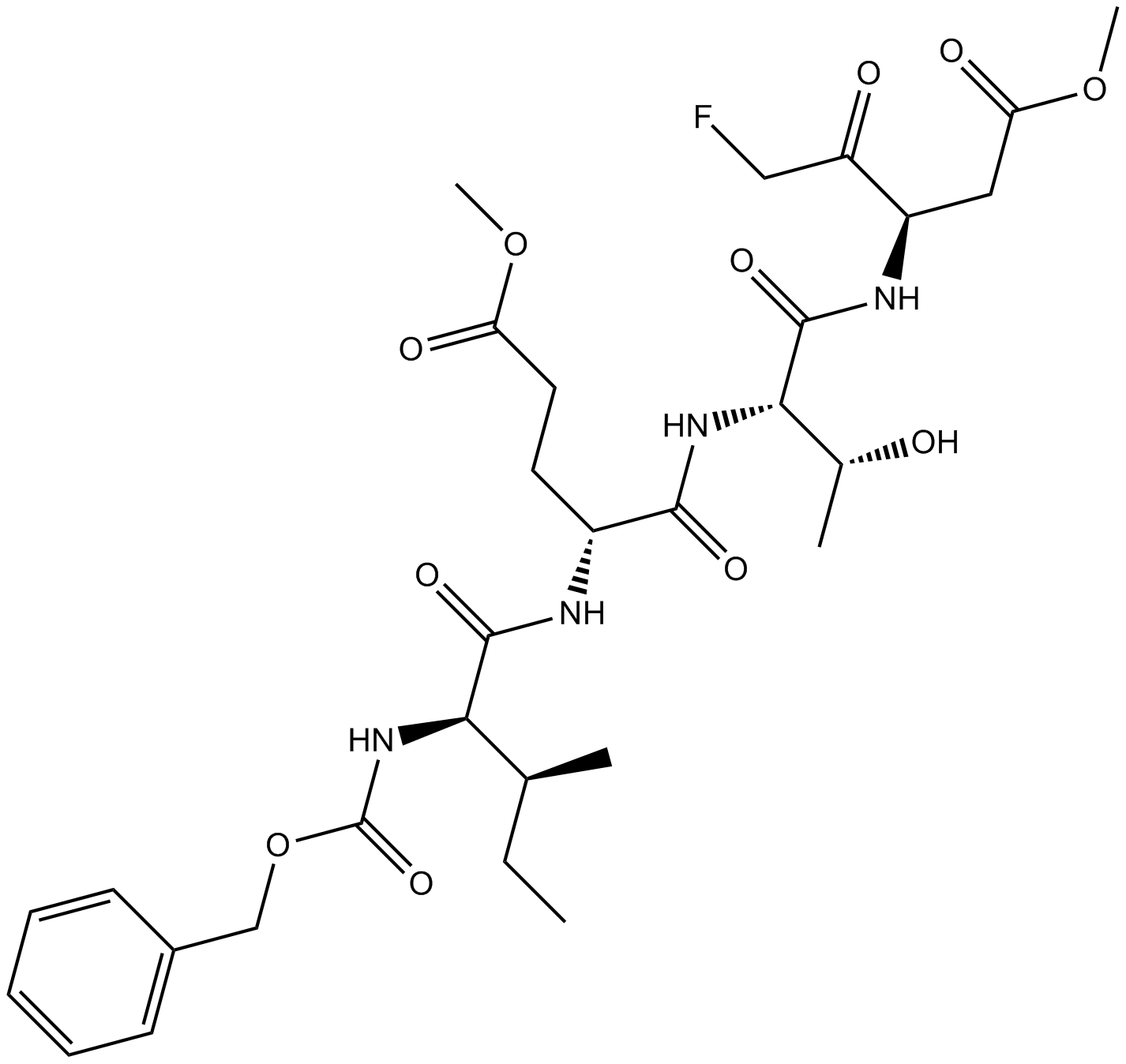 B3232 Z-IETD-FMK35 CitationTarget: CaspasesSummary: Caspase-8 inhibitor
B3232 Z-IETD-FMK35 CitationTarget: CaspasesSummary: Caspase-8 inhibitor -
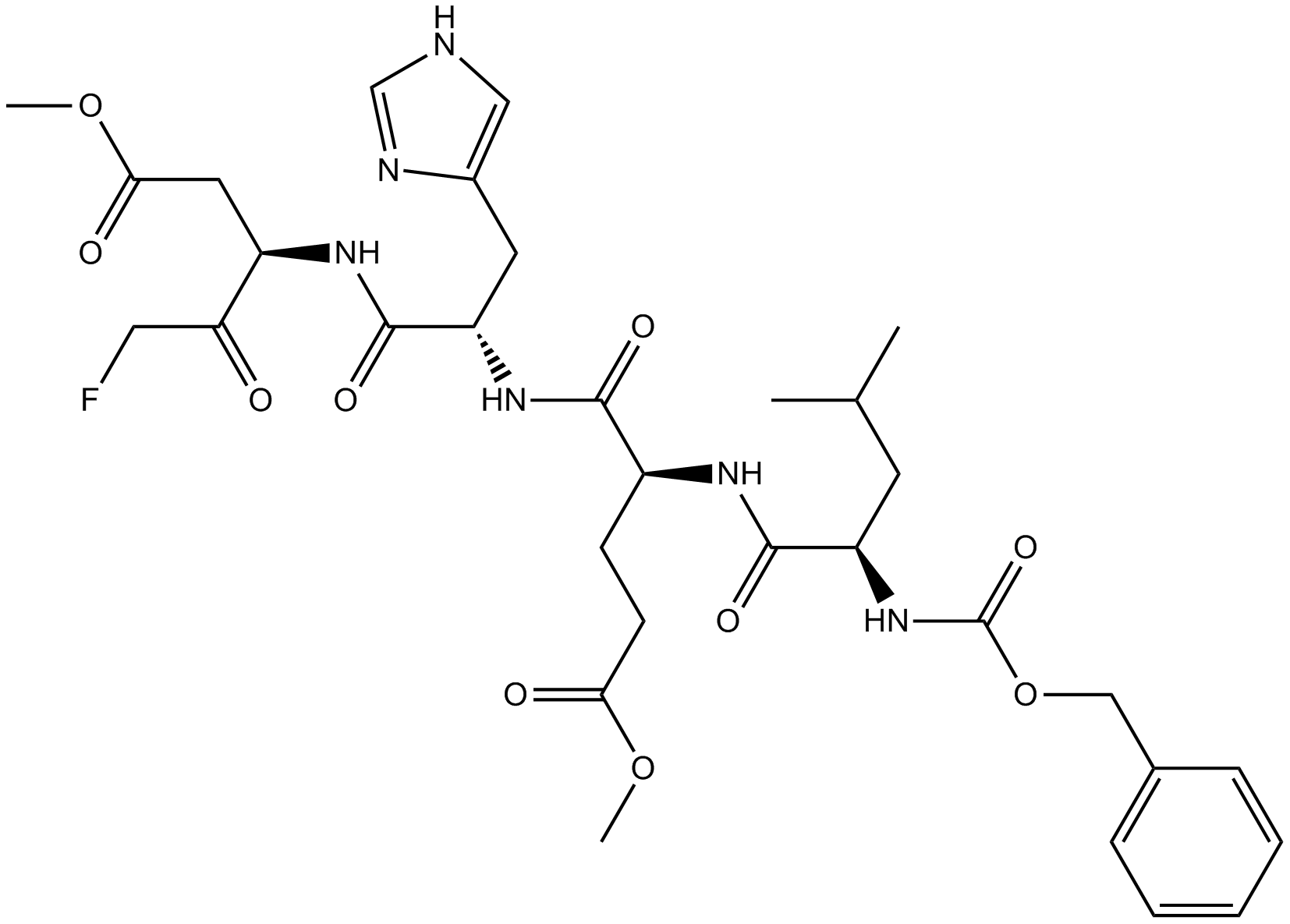 B3233 Z-LEHD-FMK8 CitationTarget: CaspasesSummary: Irreversible Caspase-9 inhibitor.
B3233 Z-LEHD-FMK8 CitationTarget: CaspasesSummary: Irreversible Caspase-9 inhibitor. -
 B1422 TasisulamSummary: antitumor agent
B1422 TasisulamSummary: antitumor agent -
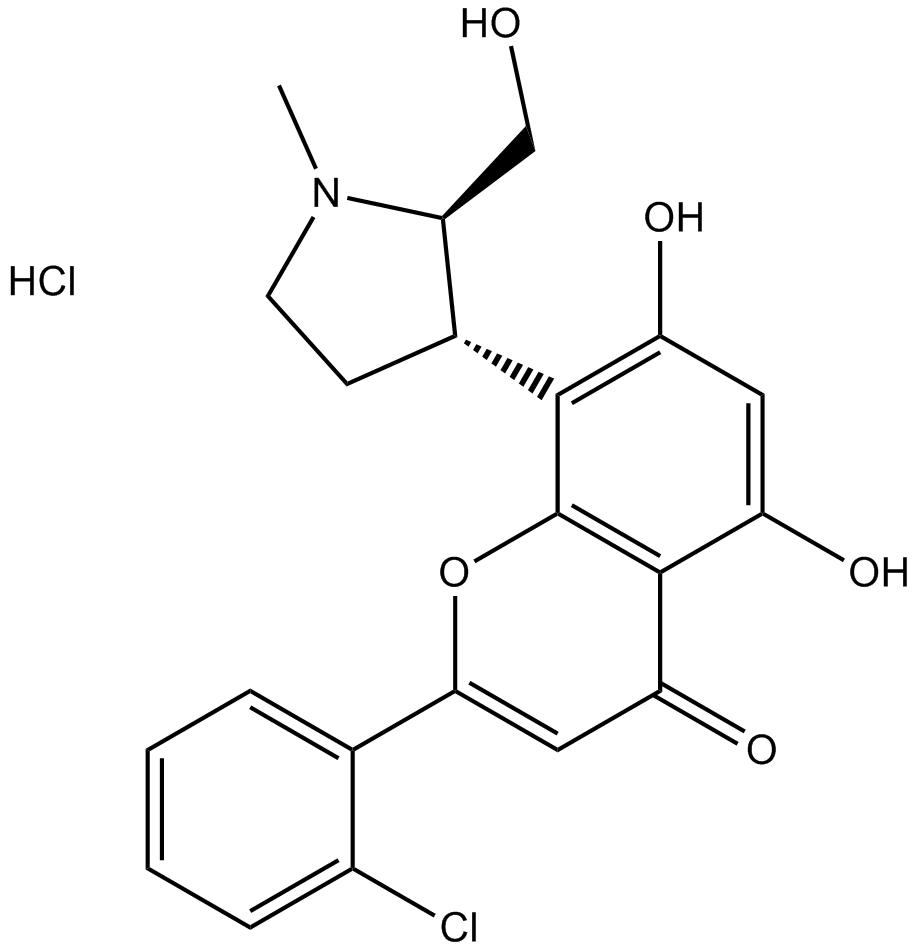 B1430 P276-00Summary: CDK-1/CDK4/CDK9 inhibitor
B1430 P276-00Summary: CDK-1/CDK4/CDK9 inhibitor -
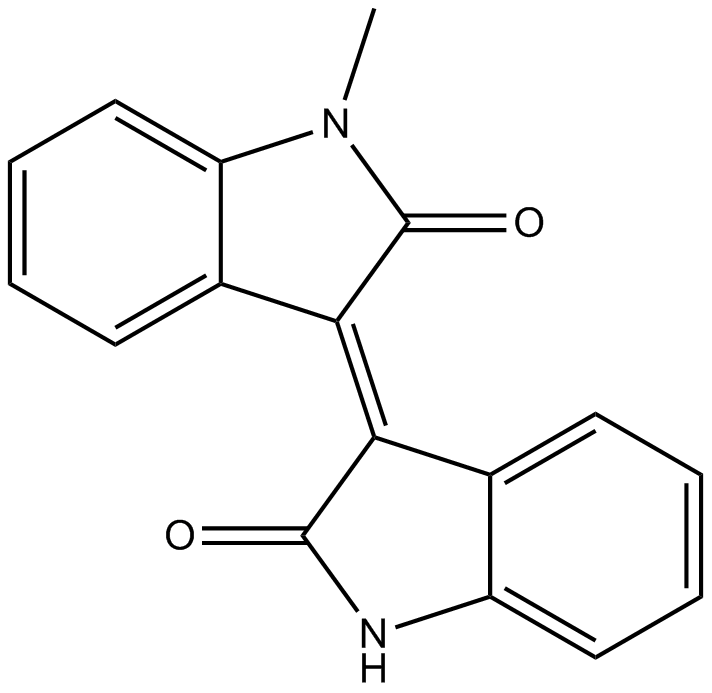 B3255 MeisoindigoSummary: Apoptosis inducer;potential agent for AML
B3255 MeisoindigoSummary: Apoptosis inducer;potential agent for AML -
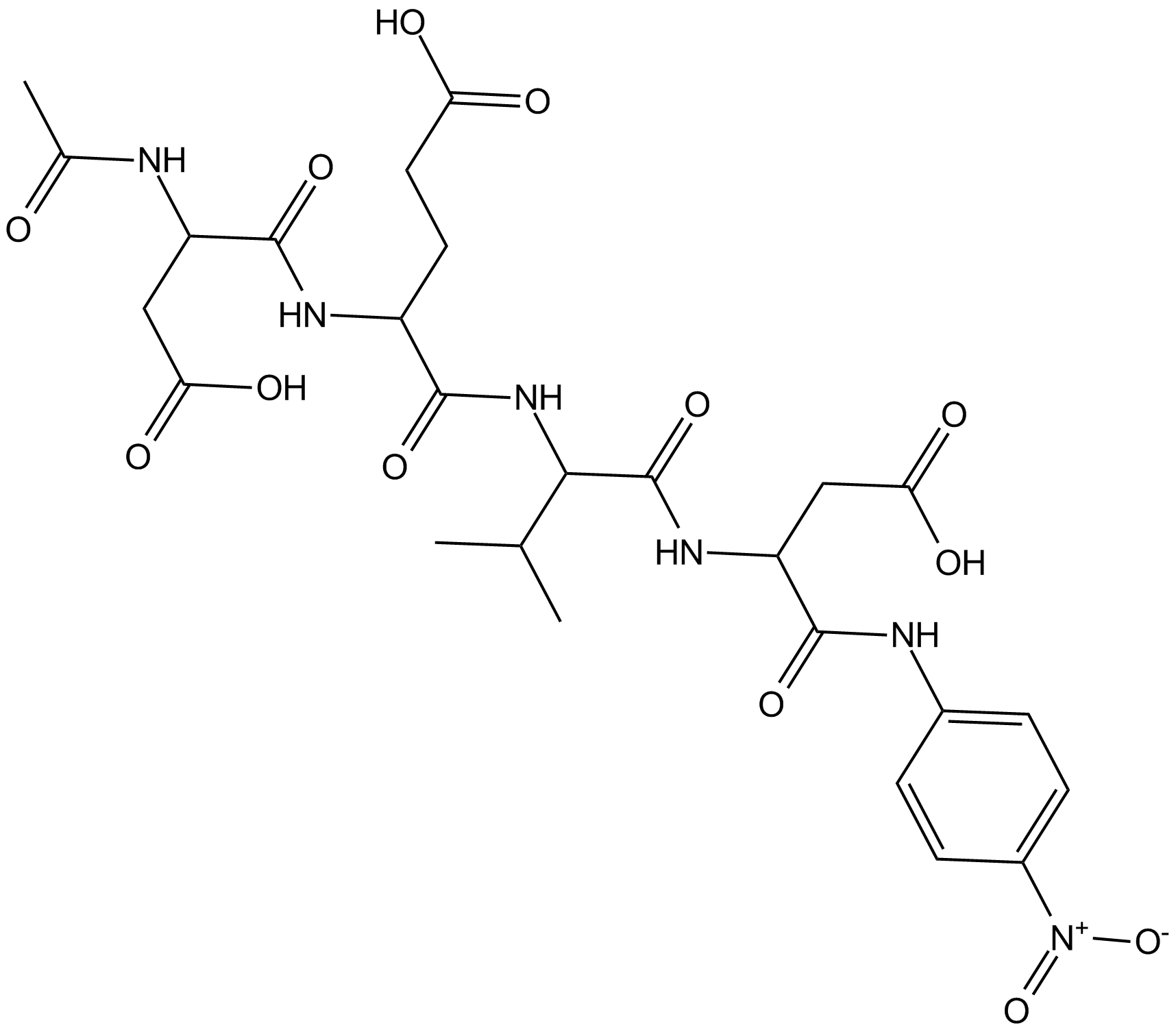 A8744 Ac-DEVD-pNA
A8744 Ac-DEVD-pNA -
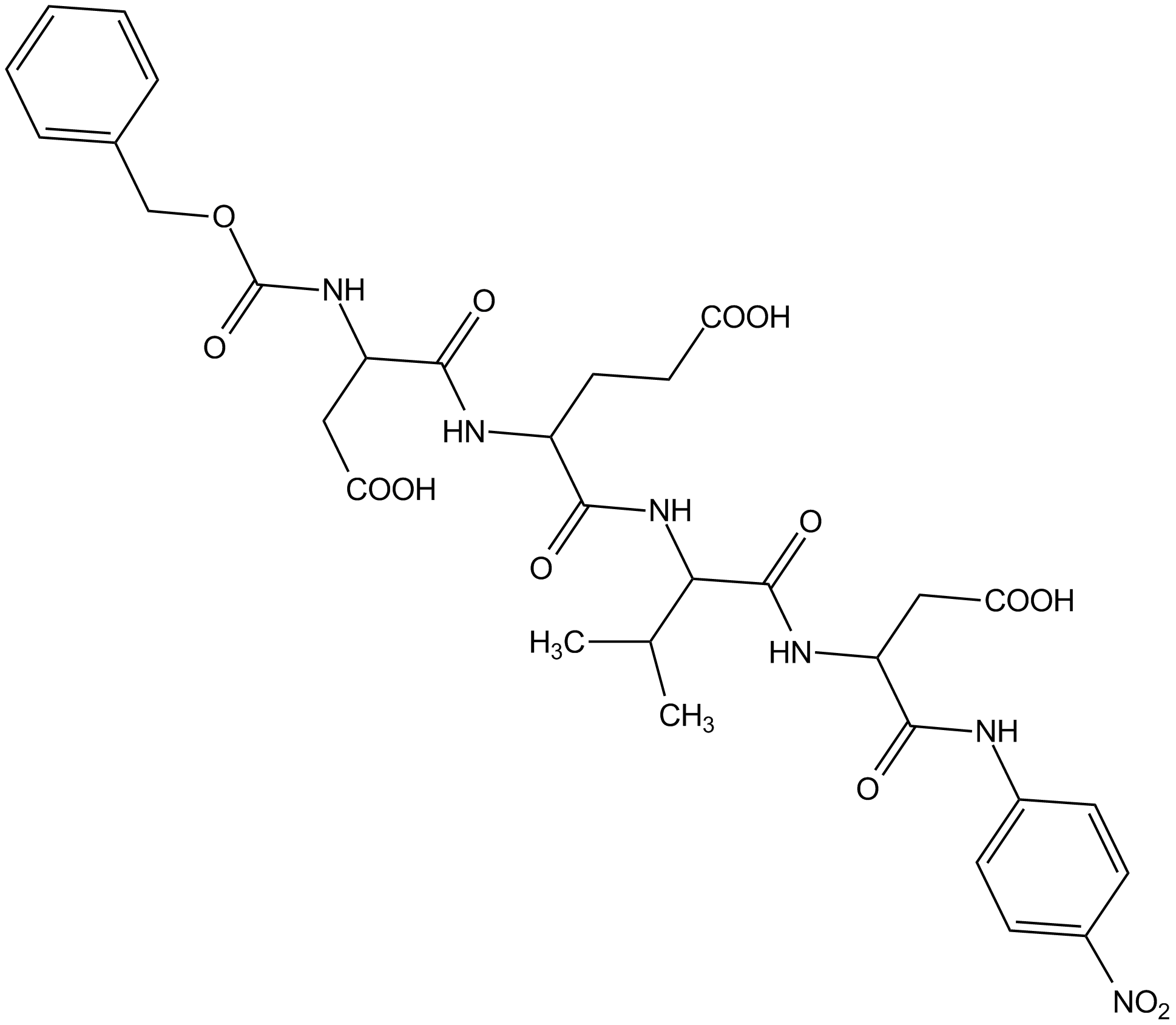 A8748 Z-DEVD-pNA
A8748 Z-DEVD-pNA



